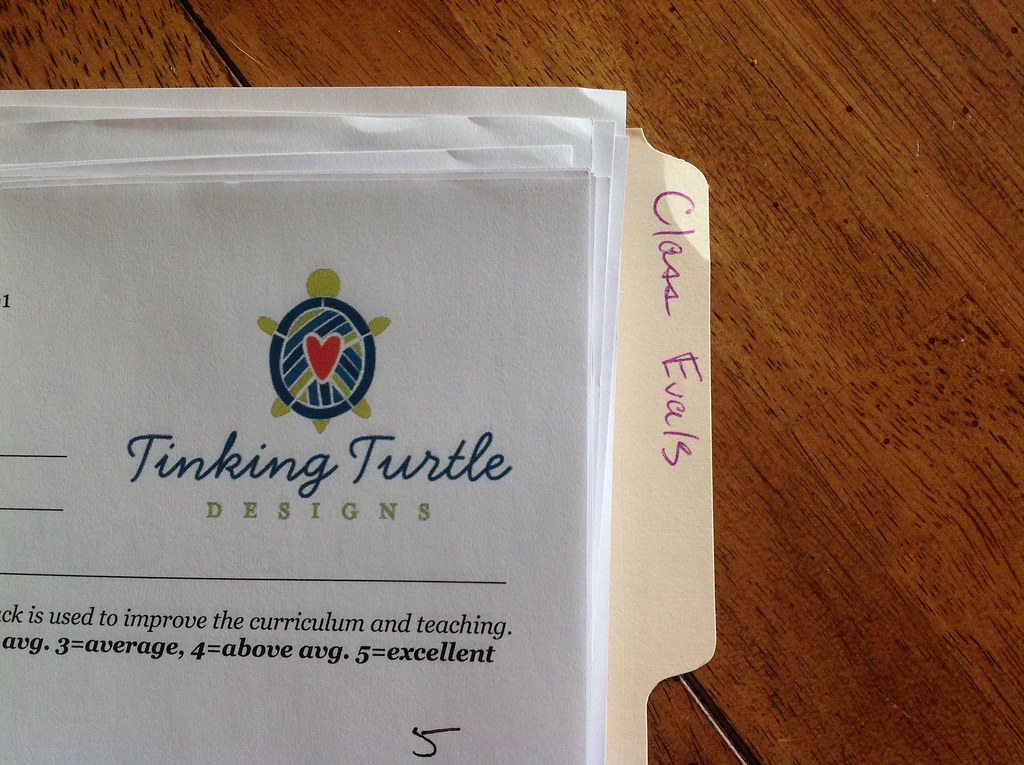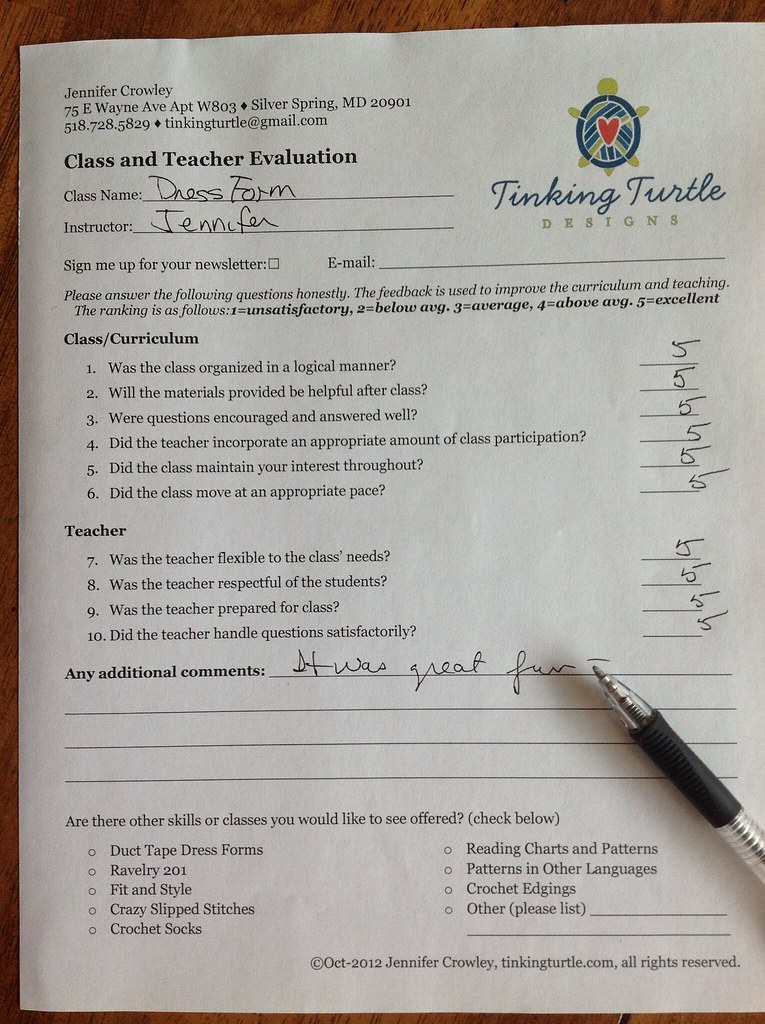If you aren’t collecting customer feedback from your customers, you’re probably missing out on important information. “But my customers are happy! I don’t get any complains,” says you. Let me tell you something.
 |
| I have folders of class evals. |
A lack of complaining doesn’t mean that your customers are happy, it just means that they aren’t dissatisfied. That, is a problem. You don’t want customers that are content with your service. You want fans. You want raving fans.
When I was in the YMCA they were using a system of rating customer satisfaction. Customers would rate their experiences on a scale of 1-10. Any customer that rated their satisfaction a 9 or a 10 was put on the positive side. Any customer that rated their experiences from a 1 to a 4 were put on the negative side. And the customers that were 5-8? Were discarded. Not because their experiences weren’t valuable, but a 5-8 doesn’t talk about their experiences. 9 &10’s will talk positively about their time with the YMCA. 1-4’s will talk negatively. And for a person that was considering coming to the YMCA? For every negative 1-4 they heard, they needed seven people raving about their time at the YMCA to just give it a try. That’s what they needed to decide that the one negative person was an anomaly. It’s because people in the 5-8 range don’t talk – negatively or positively, so deciding people don’t hear about it.
If you aren’t actively working to make sure every person that buys or pattern or takes your class is a raving fan, then you are missing out on an opportunity. When I collect feedback from my customers, I look at the 1-8’s and see why they aren’t a raving fan. Do I need to engage people more? Do I need to take breaks or change the pacing of my class? Do I need more step by step instructions for my patterns? This information ensures that the next time I engage with a customer, I’m making their experience the best it can be, and turning them into a raving fan.
So how do you get customer feedback?
The Captive Audience Survey – If you have a captive audience like a class, you had better be handing out an evaluation form at the end of each of your classes. You have a captive audience! Normally, I have a little pitch that goes something like this,
“Your feedback is very important to me. It’s how I improve my instruction. Right now you should be receiving a class eval form, and I’d appreciate if you would take a moment to fill it out and pass it back to me. If you think there’s something I should improve, please let me know. If there’s something you think I did well, I’d be happy to hear about that too! Also note, there’s a place for you to provide your email, and there’s a little box next to it. If you don’t check the box, I won’t ever email you. Only if you check the box will I sign you up for my newsletter about future classes.”
If someone rates you a negative review, follow up with them. See if there is anything you can do to change their experience – be it a discount on another pattern, extra instruction, or other perk. At the very least, let them know that their feedback is being heard and acted upon – this often makes people think better of the business.
 |
| My class evaluation looks like this – feel free to take ideas! And no, this one isn’t one I filled out. |
The Email – if you aren’t fortunate enough to have your customers as a captive audience, and email survey is a good way to get feedback. The problem is going to be how to get them to fill out the feedback form. Offering an incentive – like a free pattern or entry into a drawing – is a good way to lure people into giving you the engagement you need. Keep in mind though:
- keep the survey short – try to keep things under seven questions. Ten questions is too many.
- don’t make it like work – use a lot of white space
- give a sliding scale or number system – keep it quantifiable
- leave room for comments at the end.
What do you do after you’ve collected your data?
Perhaps the most important thing for you to do after you’ve collected feedback from your customers is to act on it. Wait a day or two after the event to read the evaluation – when you have some distance from the emotions. Keep records of how your students are rating your classes/product, and track change over time.
 |
| My records of previous class evals. |
I keep my class evaluations for another reason. When I go to an interview or a pitch session, I bring a few of the good class evals to show to the people I’m talking to. Nothing is more powerful than positive testimonials.
Do you collect customer feedback? I’d like to know. Drop me a line on twitter or facebook.

